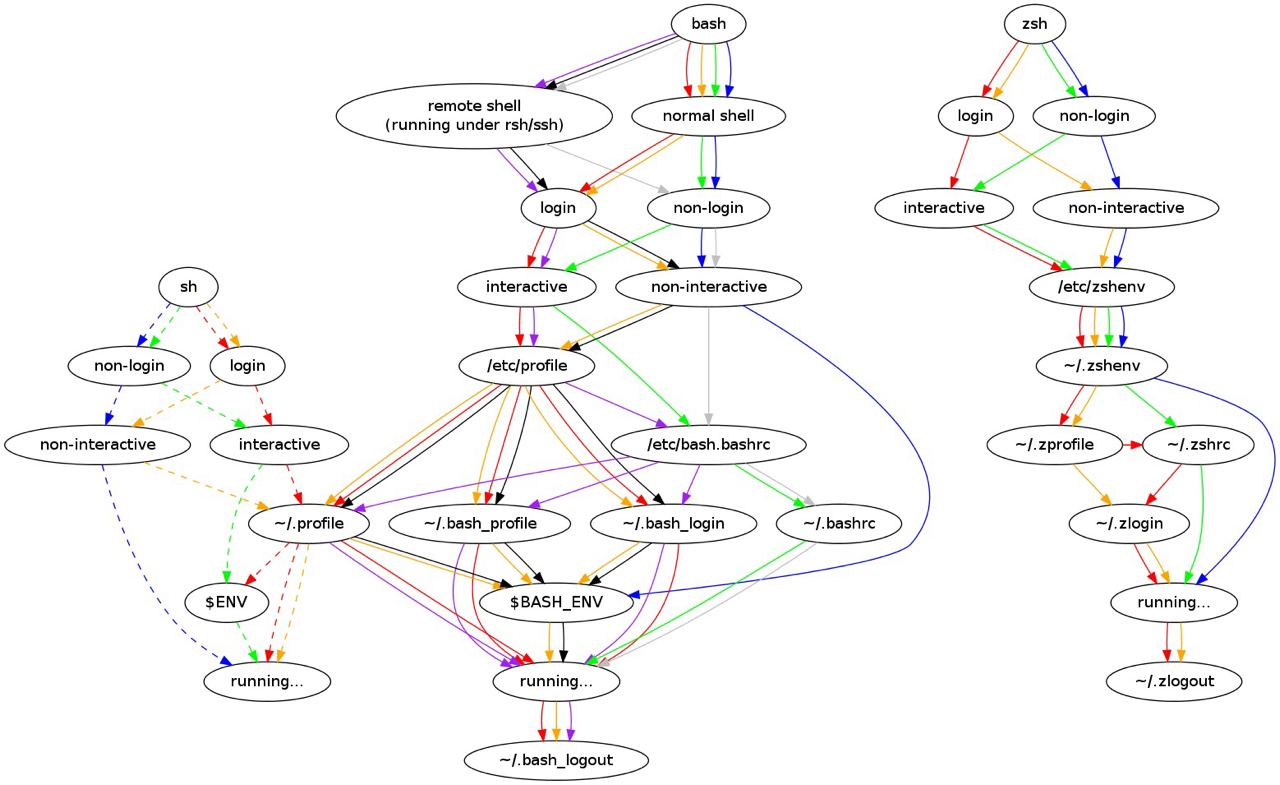Glad to help! Mixing colors shouldn’t be an issue, I have done it in the past, also have mixed PA and PA-CF in the past without issue. I bet you could even find a tent with a window and run a PTFE tube to a dry box outside the tent then you could pull the first color out and put the second one in without having to open the tent.
Also, just to say it out loud I would definitely test the strength of the layer adhesion (especially between the colors since they might have different additives) for anything structural, especially if you might get injured if it fails, just to be double safe heh.
Last, at least where I am, PA is significantly more expensive than ASA or PETG so might be worth looking at those for at least prototypes of the parts. For example, I typically use PLA to prototype ASA parts, has usually been fine to swap it out with just minor tolerance adjustments and it’s way cheaper to print 50 versions in PLA while I’m working out the design and then I print the final ones in ASA or whatever.

I just wanted to add this video to your comment because e-ink is so cool and this guy has a bunch of macro shots of the displays that are awesome and you can see the particles in the screen changing colors.
https://youtu.be/1qIHCUWAgh4
So cool!